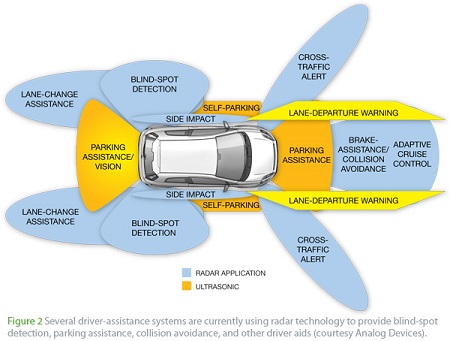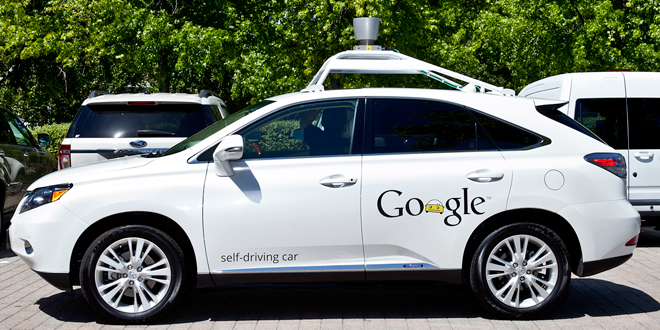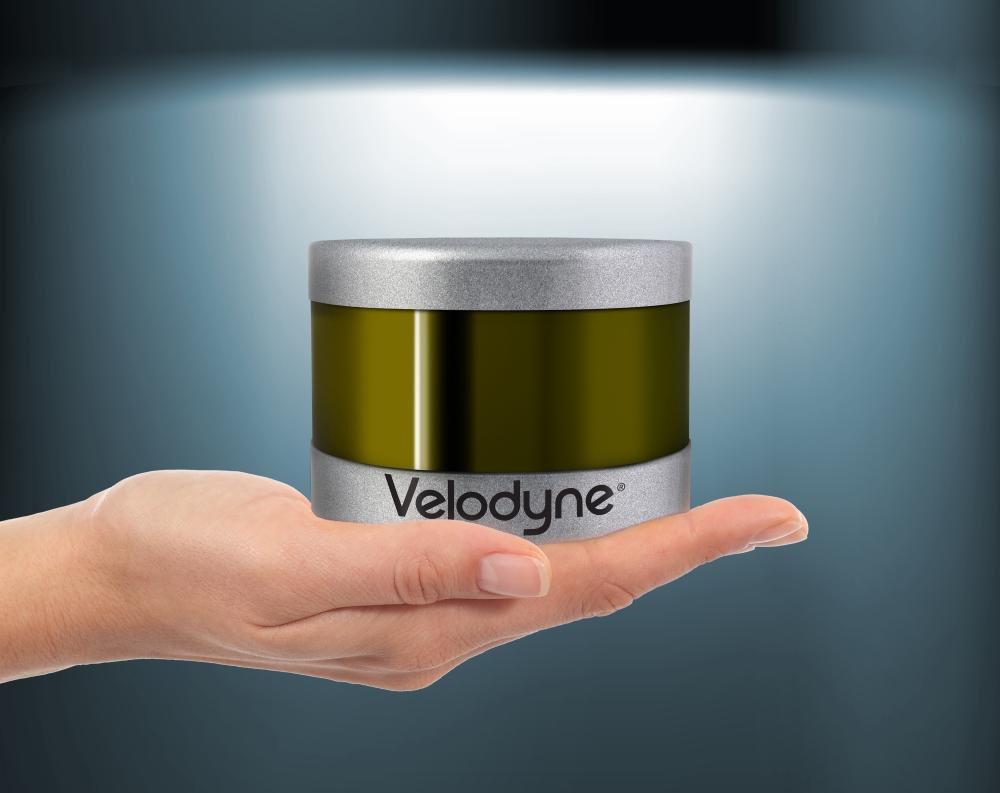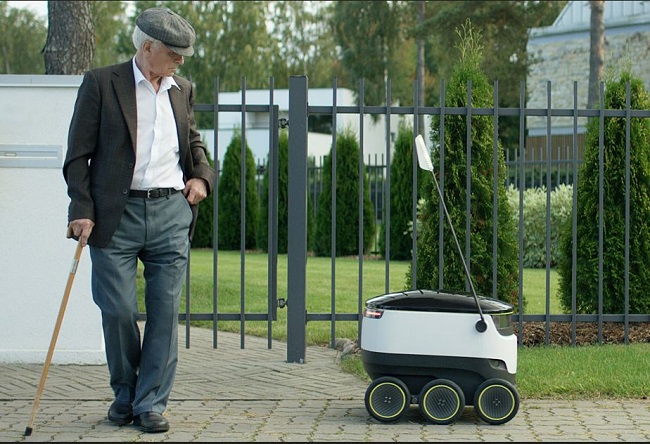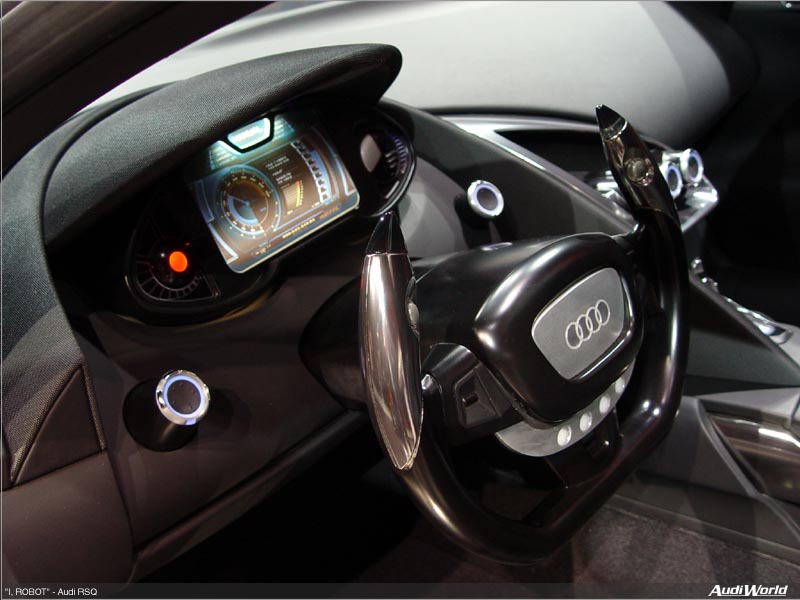I can´t find a reason to pursue my quest in using Alexa for Business Solutions.
- Paying for an Identity? There are many free identity providers out there you can use. And you won´t have yet another identity provider
- Paying for a managed device? I´d like to pay for a serious service or additional functionality. But compared with other products, some basic management capabilities are available. So why should I pay for little?
- In an well-defined and settled market for office productivity, who comes Amazon is thinking they can force customers is adding something new to the list?
There are only very few use cases:
- Having a device in the meeting room (public device)
- Having a personal device (says it all)
Conferencing capabilities are limited to Amazon Chime and Polycom, beside some others that seems to be irrelevant (especially in Europe).
There are API´s you can use to build your own functions and integration. There are currently only very few business related skills available.
How does Amazon thing that the very basics, also valid for modern workplace systems and mobile devices used in enterprises, does not affect a family of devices that are used in private and the business space?
- You will need to have your own skill store, with individually prepared skills.
- You will need to have provided skills (including some sort of usage measuring) from 3rd parties and you won configurations with regards to connected data and services to bring it to life
- There is a bunch of links to partner, like Salesforce, who offer their AI-based solutions. But that´s a separate service with APIs to be consumed by all kind of devices and other services. Not specialized on voice interaction. I see no quick and easy benefit here.
So, what the heck Amazon is offering here?
From the ServiceNow reference (a link to a whitepaper with some APIs) there is a great feedback from a developer.
He used the whitepaper to develop a bot-generic backend to deal with the IMAC and password self-service process. Alexa is just one agent who can access this service.
But Alexa in its current state is not sufficient to do reasonable business stuff:
“Alexa is not meant for conversational state, i.e. can not be used as Q&A mode. But conversational state helps to create Incidents and Changes as well including password reset or cloud integrations/orchestrations. When user providing answers to Alexa questions, its tough to map those answers to pre-defined utterances. If we can’t read everything what user says, its difficult to create an Incident or Change.”
He described his approach and his perspective on a positive future.
If you ask me, Amazon has not much to offer that justifies the paid service.
You can grab a bunch of these devices and setup your very own application / skill backend, using Amazon cloud services for what they are useful. Doing so will also help to follow on the required security and privacy rules of your organization.
As with AWS it seems to me they haven´t really understood what is the difference between consumer, prosumer and enterprise. Same with Google. And they haven´t decided on which way to go.
As an IT Architect, I would start to develop bot based services that can be used by text, from any web site or any deployed enterprise chat application, like Jabber, Skype, Teams or whatever it is.
Once you get this sorted and ironed out, add a voice enabled device to the mix and try to solve the conversational state issue.
And if done right, you might not need to be bound to a single solution. Because there is no benefit in having Alexa on Windows and an iPhone if there is already Cortana and Siri to do the very same. Google Now for all Android devices and you are done with Android, too.
This covers already a huge area of available devices, allowing easy access to the devices. Because I had to learn, people love to talk in favor of writing (I´m just the other way around).
For anything else, e.g. voice controlled meeting rooms, removing the need to deal with the crazy dashboard to put down the blinds, turn on the TV and opening the phone conference, you might use a device like an Echo or Echo Spot.
To my approach to this quest this means to start with the following:
- Calendar integration (private and business calendar overlay)
- To Do list management (Microsoft ToDo and Wunderlist, might look into Outlook and OneNote, too. Both have great APIs for that)
- Reminder (build-in might be good enough). Need to make something that notifies me after 5 minutes if someone approaches me and I offer 5 minutes 😉
- Notifications! I want to get notifications on serious events. Like my cars alarm turned on, there is a weather warning or something like this. Maybe also so simple things like, kids come are back home, so I can welcome them and spent some time (to help to deal with my work-life balance)
Once these basics are done I will look more into the area of the application / skill space. There are many ways to automate stuff, Alexa might trigger this. However, it does not make much sense, if I need my PC to look up information to follow the conversation.
I´m thinking about a travel planning, where I start the process with a day and event, so the skill can check the calendar for all details.
There are travel policies and tools that must be considered.
It would be helpful I get some information on
- Gather the information for the trip. Might be there is already a hotel booked or a specific hotel has to be booked
- Make a hotel suggestion and place a reservation. Make an entry in the calendar with the required details.
- Check on whether going there by car, train, airplane or a combination. Present the suggestion, potentially create an alternative and prepare once this gets confirmed (book trains or flights, mark traveling time in the calendar with the required information)
All of this can be of use in an office or home office situation. However, I still don´t see the application of voice controlled devices in open space offices – and there are many.
As you see, I am disappointed in the offering of Amazon.
And I am still confident there is at least some help that can come with a voice controlled device. However, the number of voice enabled devices is already large. We just not started to use them properly.














